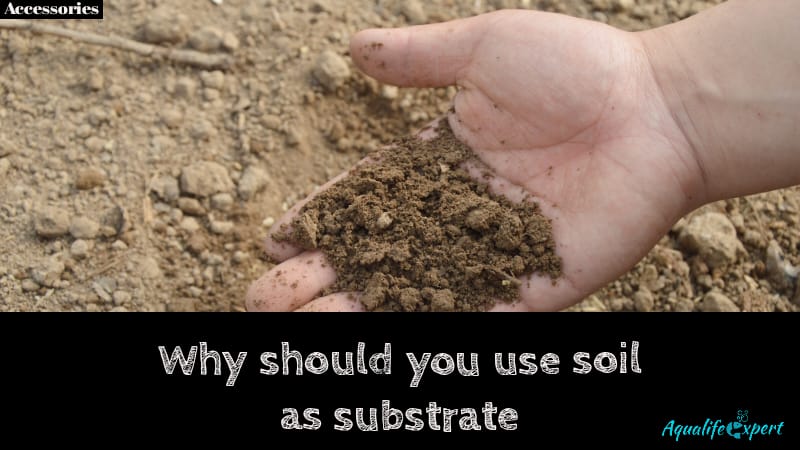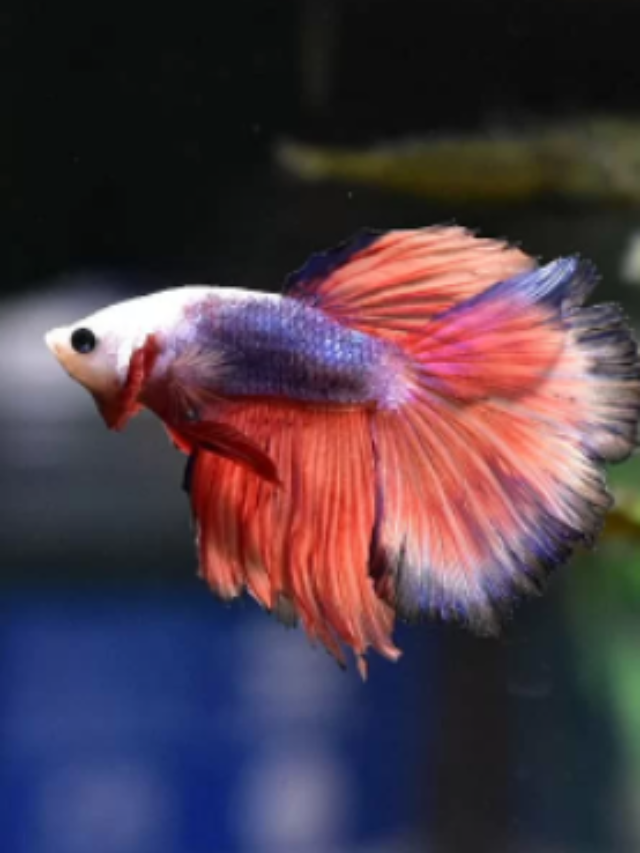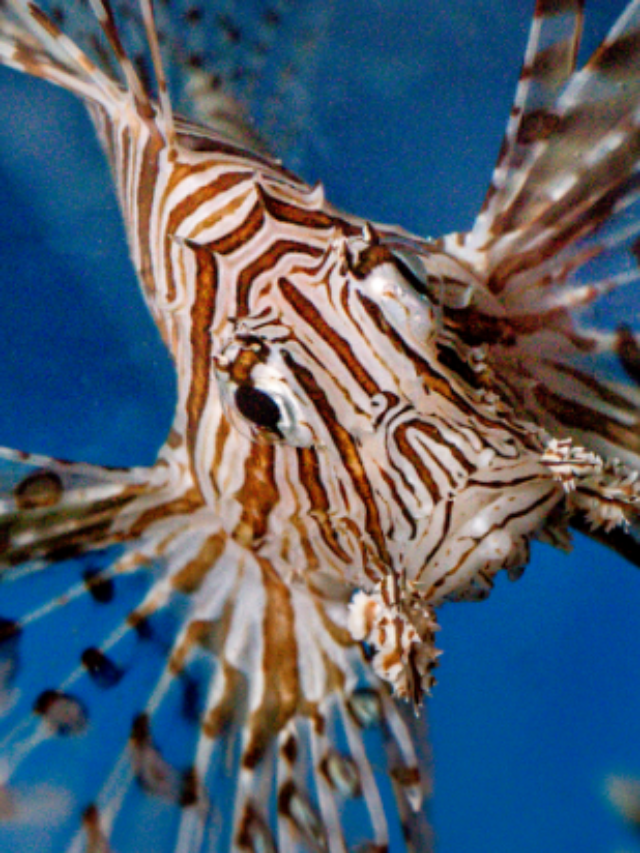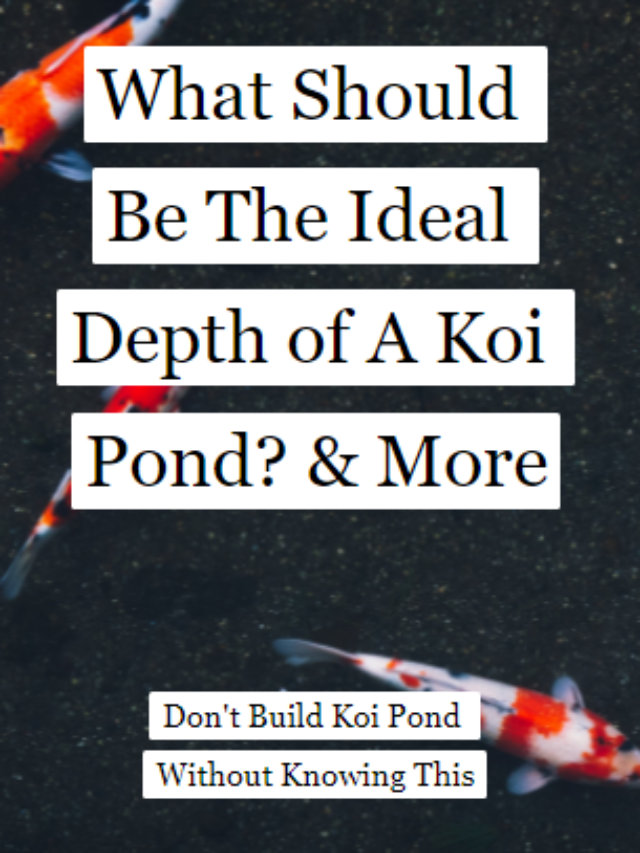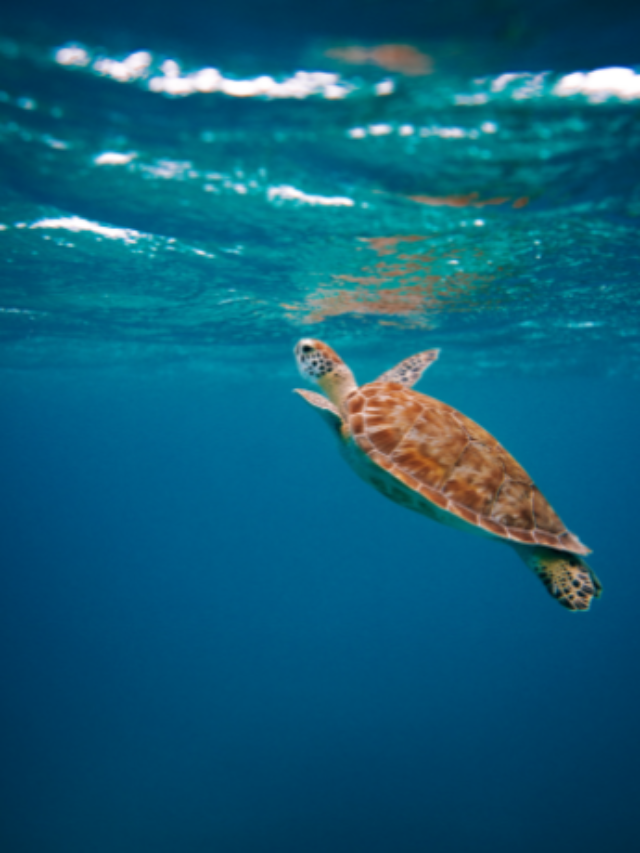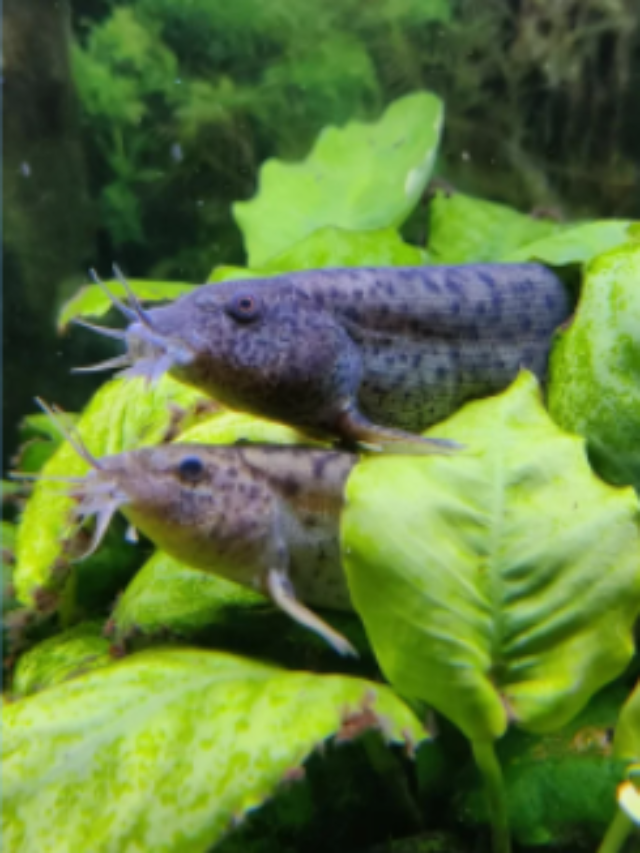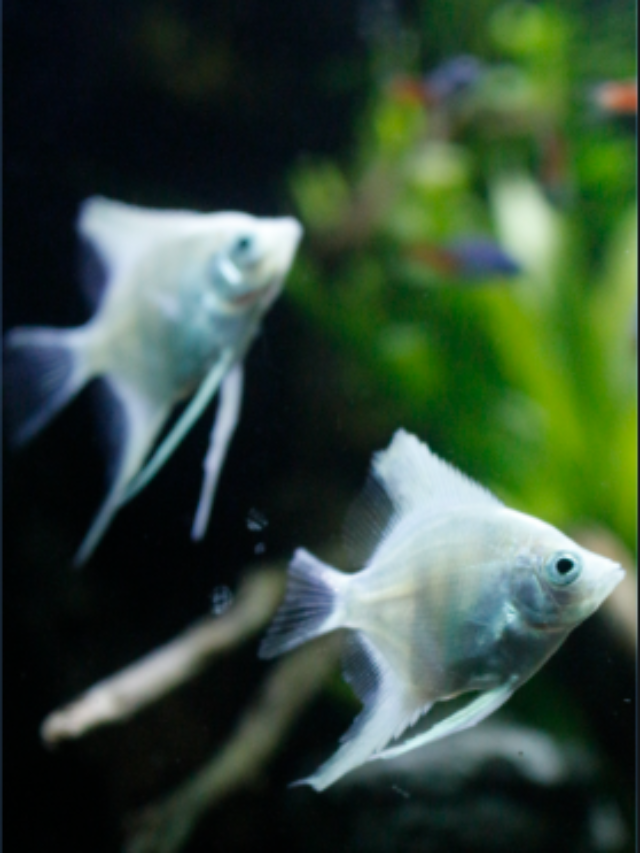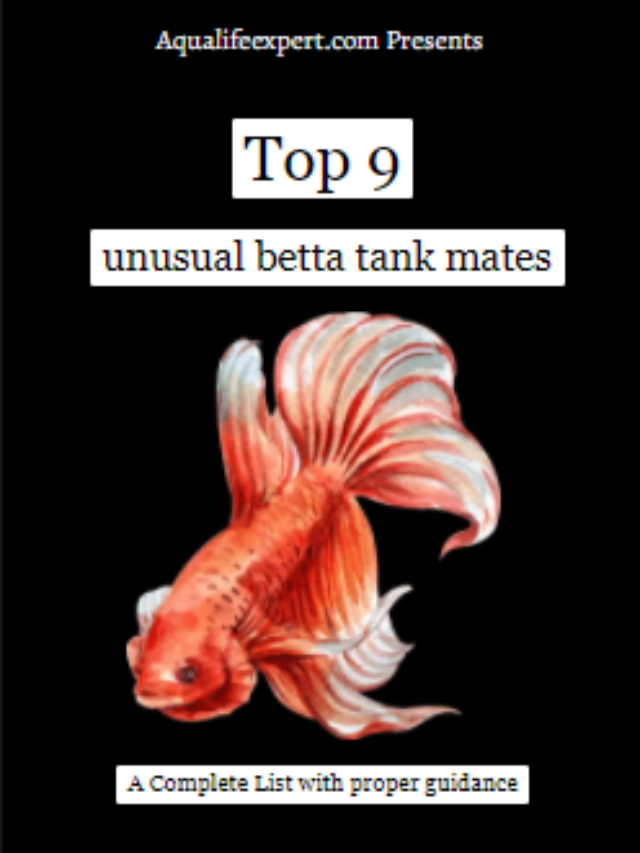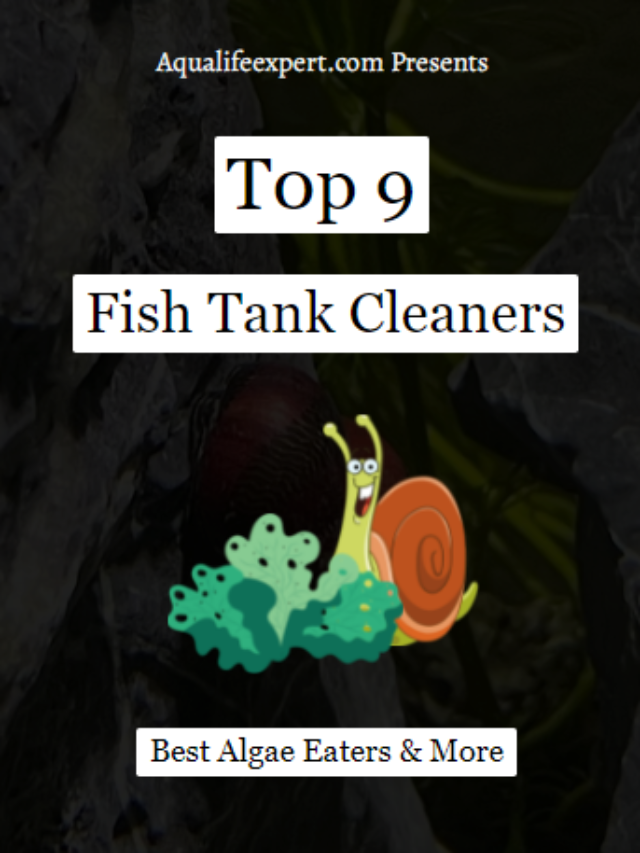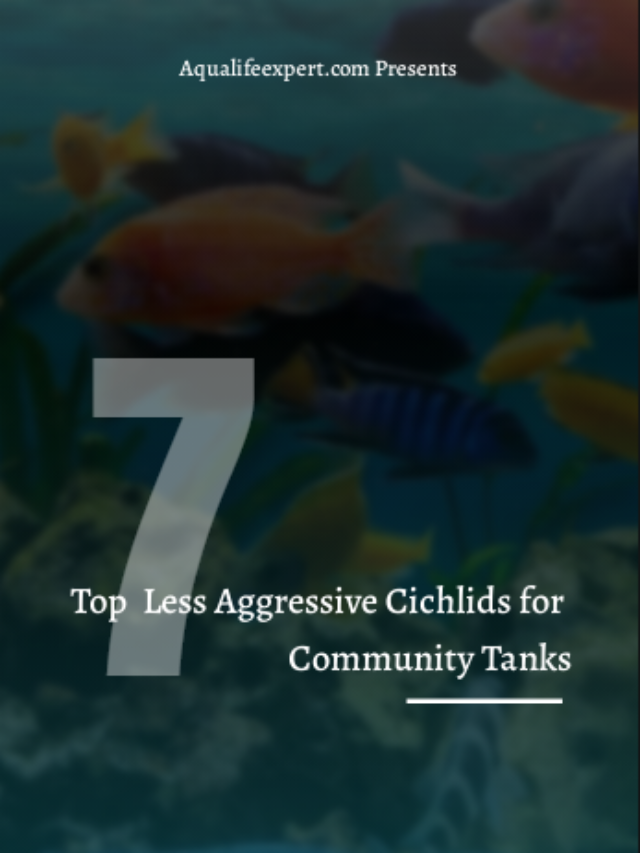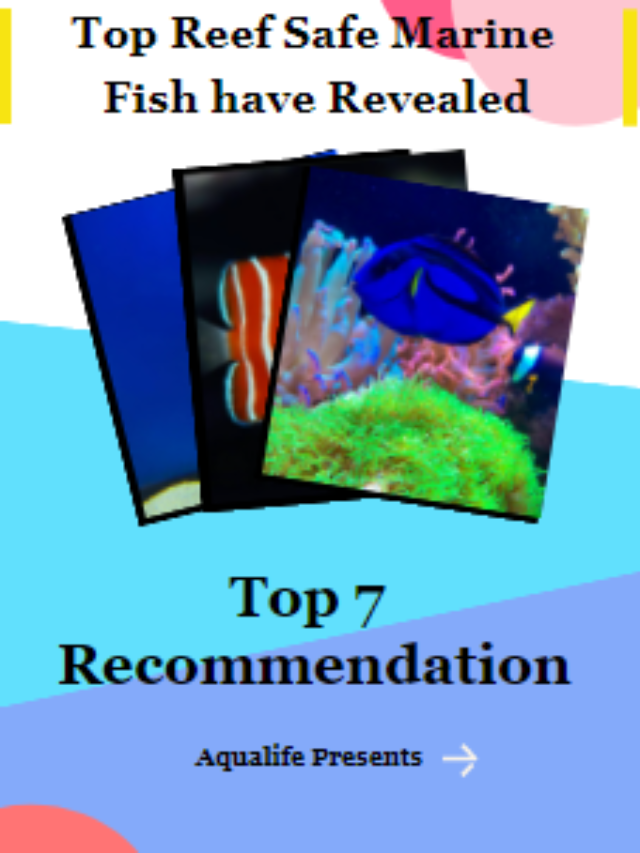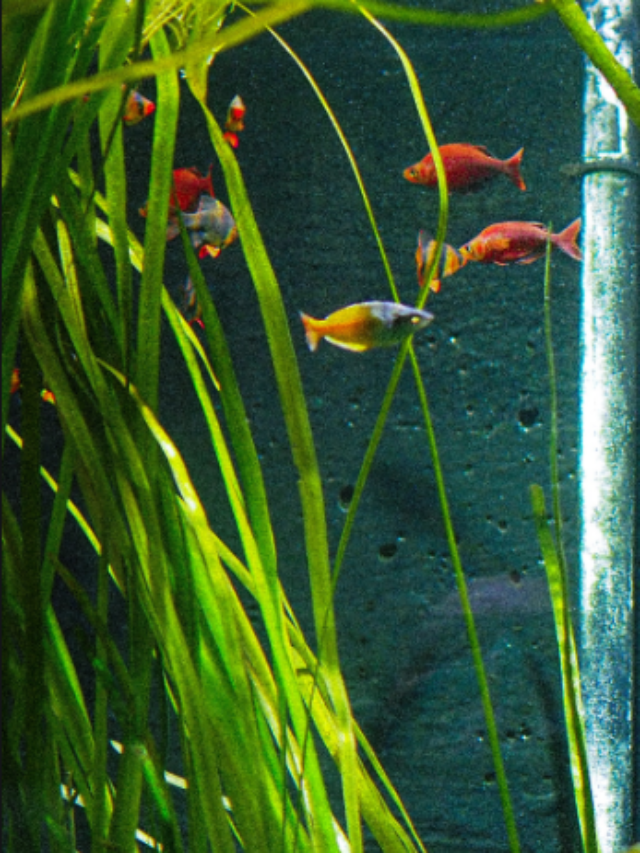Why should you use soil as substrate in aquarium? & HOW?
Check Our Quick Stories
Soil can be used as a great substrate in aquarium and you should do. But this should consider only for planted aquarium. Now if you are planning to make a planted aquarium then you should know that how much important the soil as substrate is.
But you should know why it is important for your planted aquarium and here I’ll discuss this topic in this article.
Soil should use as a substrate for planted aquariums because a good active soil promotes the water movement inside of the soil and with water movement, lots of oxygen circulation happens inside of that soil. Oxygen is needed for healthy aquatic plant growth. Good soil has lots of aerobic bacteria which promote the filtration process also.
Now if you compare soil with sand then you must know that sand particles won’t allow water movement inside it and that helps to start an anaerobic process inside it. The anaerobic process is nothing but a process where bacteria break organic matter without oxygen.
By this process, ammonia will increase by breaking down nitrates which is an important nutrient for plants. We don’t need ammonia because ammonia is harmful for aquarium fishes. It affects the tissues of fishes directly and excessive ammonia will lead to the death of fishes.
Layers of soil substrates
But you may don’t know there are three layers of substrate and you must know before using any type of soil as substrate in your fish tank.
Layer 1 is called base layer and this stays at the bottom of the tank. This should be the most nutritious one because roots of the plants will absorb nutrients through it.
Layer 2 is called soil substrate and this stays just on the top of the base layer. This should be nutritious one also unlike the base layer. This is good for the roots also. Another name of this layer is plant substrate.
Layer 3 is called inert substrate which stays on the top of layer 2 and the uppermost layer of the total substrate system. This is made with gravel mostly. The nutrients percentage of this layer should be very less. The main importance of this layer is to provide a cap for layer 2. This helps to remain clear water and works as better filtration.
Can you use only clay-based substrate at all?
Only clay-based soil substrate can be used as whole substrate system in a fish tank but this will face lots of nutrition problems like plants can’t able to get proper nutrition which they could get from a base layer of 3 layer substrate system. The whole biology system will be fragile and when the time of the water change comes then the whole aquarium will be so messy and dirty.
If you want to use only clay-based substrate at all then you must use layer 3 on the top of the soil-based substrate because without a cap you should not go to build a planted tank as a beginner.
Read more:- Fertilizing Aquarium Plants (Infographics): Basic to Advance
What things can you use as base layer substrate?
If you don’t want to compromise anything to make a great planted aquarium then you must consider these products as the base layer of the substrate system.
-
ADA Power Sand
This is the most recommended product for creating a base layer. The main importance of it is it contains tons of bacteria which help to increase the aerobic reaction in the whole substrate system and by this fish tank will get lots of important elements like nitrogen etc. Overall this creates an ideal environment for bacteria activity. Maintenance is easy also.
Go and check out today’s discounted price on Amazon here.
-
Tropica Substrate
This is another good product which you can use as the base layer of your planted aquarium. This is mainly a clay-based substrate. The grain size is 2-3mm which is good for the plant’s root. This is a complete substrate and you don’t need to mix with another base layer with Tropica substrate. It can provide all nutritious value to plants of the aquarium. The recommendation is to change 25-50% of the water twice or thrice is a week after introducing it in a planted aquarium.
Go and check out today’s discounted price on Amazon here.
Note: – Don’t rinse these products while using as base layer because rinsing can wash its valuable nutrients.
How much thickness you should provide by base layer substrate?
This is an important thing you must know because without knowing about it you can waste your money by providing extra thickness.
You need a minimum of 30-40 mm thickness of the base layer and to calculate the quantity of the base layer you should use this formula
(Tank length x tank breath x 30 or 40)/1000 ≈ Quantity x 2= Actual Quantity
But frankly speaking, these are expensive for beginners if they want to pour this thickness by only base layer substrate.
If you are just starting then don’t worry here you will get the alternative plan also which is cheaper than this but if you don’t want to compromise the quality then you must go for the 1st option.
Here in this plan, you may decrease the thickness of the base layer by adding some other things. Here you can use crushed lava stone which is available on Amazon and that is cheaper also. What you can do is just take some amount of crushed lava stone and put it first. The thickness should be not less than 10mm. Then you should pour the base layer over it. Here lava stone is helping to decrease the thickness of the base layer and if you do that then the overall cost will be less for beginners.
Now it’s time to discuss layer 2 and that is soil substrate
Soil substrate is very much important for planted aquarium because if you are using the base layer right now then you need to keep in mind that should not get the touch of water if it gets then lots of algae will increase because that layer is very much nutritious. So you need to cover it up and the soil substrate is very good in this work.
Not only that, your plants will feel good and they don’t need to give too much effort to get nutrients from the base layer. It can easily penetrate the soil substrate by its root. If you ask about the thickness of it then I’ll tell you that a minimum of 10 cm is required to cover the base layer fully. But you can pour more than 10 mm. It will depend on the quality of the soil. If you are using lower quality soil substrate then you don’t need to put much of it.
What things can you use as soil substrate?
You need good quality soil substrate really and here are some examples which you can use.
- ADA Amazonia
ADA Amazonia is a very good soil substrate for plant’s growth. This has tons of nutrients and if you use this with the base layer then nothing will be better than that. This soil substrate is mainly for aquatic plants and it insists on root growth. But one thing you should remember is that after using this ammonia level of your fish tank will be increased and that is not so good for beginners. That’s why you need to change water frequently (twice or thrice a week). This is not recommended for beginners but if you have an ammonia checker (check price in Amazon) then you must use it.
- ADA Amazonia light
This is totally soil-based substrate and this is for beginners. Not only beginner, anyone can use it but if you don’t have an ammonia checker then you should use this because after using it ammonia level will not increase so high like ADA Amazonia.
Here you can see my RESEARCHED DATA in another article of mine.
After using this ammonia level will be 2 where for ADA Amazonia the ammonia level will increase up to 8 which is not good for beginners. The pH level is also good for ADA Amazonia light. This feels like natural soil.
The 3rd thing is the decoration part and you can do this with sand or pebbles. This is not so much important as nutritious value but this can change the overall look of your planted aquarium. So this is total up to you that how you will decorate your planted aquarium.
Before buying this kind of thing make sure that is coarse grain because if you choose fine grain then that will be compacted after getting water in it and after a while, water can’t pass through it and that will be a very big issue for you. So choose coarse grain for decoration.
Here I can suggest you some good sand and pebbles for decoration purpose which you can use for your aquarium
- La plata sand (check today’s discounted price on Amazon)
- Colorado sand (check today’s discounted price on Amazon)
For pebbles, you can go for
- Taiyo stone (check today’s discounted price on Amazon)
- Dennerle planthunter Baikal (check today’s discounted price on Amazon)
Read more:- How to set up a community fish tank with cost analysis
Final thoughts
Here I’ve shown how much important the soil-based substrate is. So if you were confused then I guess this article has cleared all of your confusion. Here I’ve shown what exactly you should do for soil-based substrate and I have recommended some good products which I’ve used. So you should go after it to get a beautiful planted aquarium after putting soil substrate.
So best of luck & happy fishkeeping 🐟

